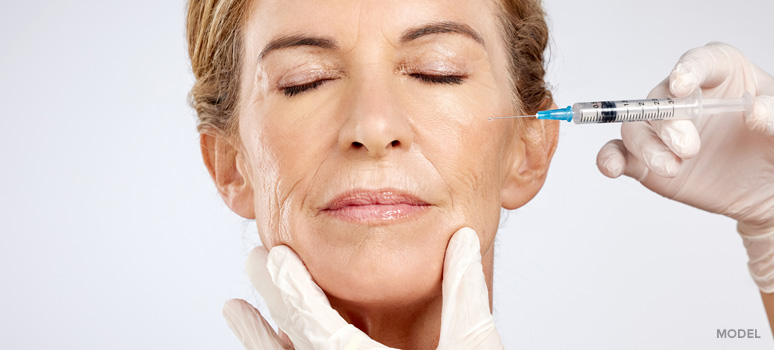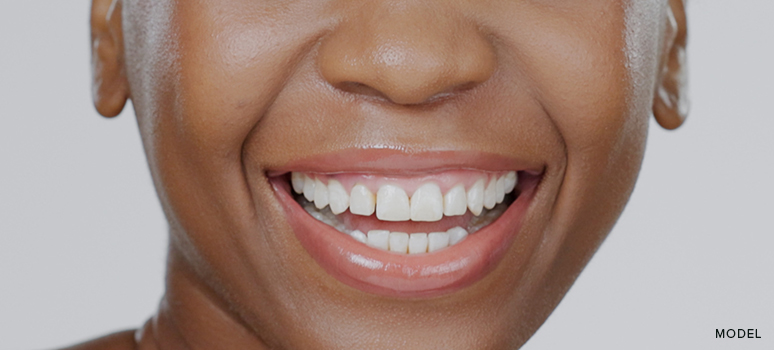In our age of aesthetic advancements, the marriage of non-surgical treatments, like fillers, with surgical interventions such as facelifts, is increasingly in focus. Many ask: “Will Fillers Affect My Future Facelift?” As we age gracefully and leverage the power of cosmetic enhancements, it’s vital to address this pressing concern. I’ve crafted this guide to shed light on the intertwining of these two popular treatments.
Understanding the Procedures
What are Dermal Fillers?
Dermal fillers, often comprising hyaluronic acid (like Restylane and Juvederm), are injectables purposed to volumize and smooth out the skin’s surface. With time, they naturally dissolve.
What is a Facelift?
A facelift is a surgical procedure aimed at tightening sagging skin, offering the face a refreshed, youthful contour.
Addressing the Central Question
Hyaluronic acid based fillers earlier in life should not disrupt your decision to undergo a facelift later on. When we adjust tissues during a facelift, any residual filler merely “accompanies” the process and eventually dissolves on its own. Hence, if you’re currently enjoying the benefits of fillers and contemplating a future facelift, rest assured. It’s uncommon for previous fillers to present issues with subsequent facelift procedures.
The Debate: Fillers After a Facelift
The Common Concerns
One query that’s been gaining traction, especially given the popularity of fillers among younger individuals, is the potential impact on future facelifts. Is there a clash between these two treatments?
Addressing Misconceptions
Drawing from my Instagram Q&A series, Mondays with McElwee, here’s the good news: typically, no! Getting fillers in your earlier years shouldn’t hinder your ability to have a facelift later on. Even if some filler remains by the time of a facelift, it will naturally dissolve over time. So, if fillers boost your confidence now, don’t hesitate. The prospect of a future facelift shouldn’t be a deterrent.
Memorial Plastic Surgery’s Stance
Our Experience and Expertise
Over the years, we’ve successfully paired fillers and facelifts, always ensuring patient safety and optimal results. We’ve seen first-hand the transformative power of combining these treatments when appropriate.
Safety and Timing Considerations
Best Time to Get Fillers After a Facelift
While each case is unique, it’s generally advised to wait a few months after facelift surgery before considering fillers. This gives time for healing and ensures a stable base for any further enhancements.
Both facelifts and fillers have their distinct benefits. When combined wisely, they can provide harmonious and natural-looking results. Every individual’s journey is personal, and I’m here, alongside my team, to support and guide you every step of the way. Contact us today and achieve that effortlessly beautiful face with us.
Helping individuals realize their aesthetic dreams has been my life’s work. To all my patients, your trust and transformation are the heartbeats of my practice. Together, let’s embrace the beauty of change.












